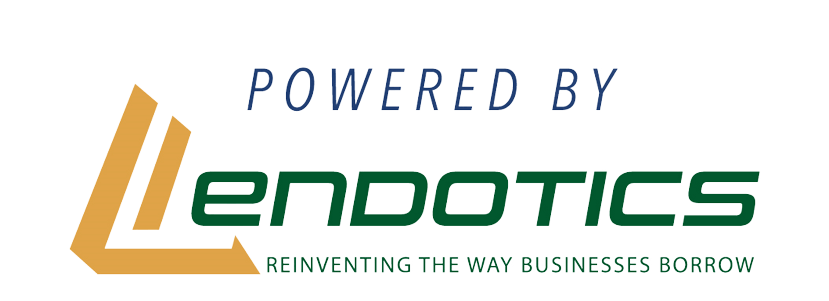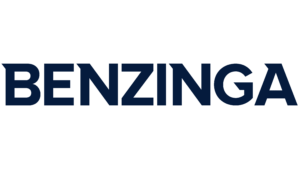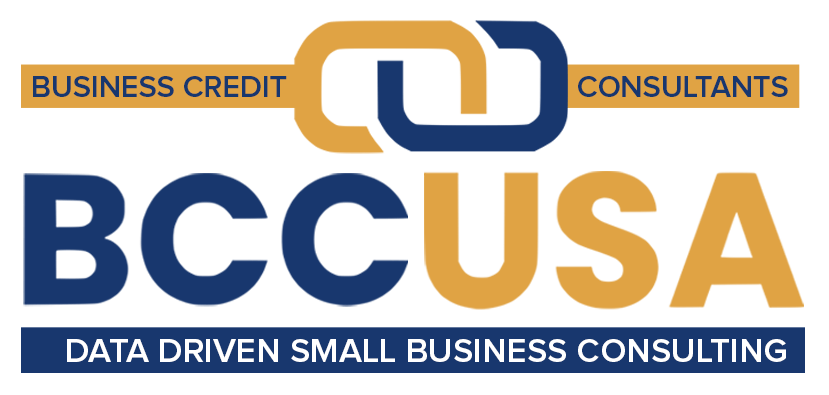
Stress in the Banking Sector: Where does this leave Small Business Owners?
The year began with expectations that the Fed may start cutting rates by the summer. But with the uptick in inflation in the first quarter, the hopes of immediate rate cuts started to fade. The bond markets are currently projecting a single rate cut, down from a prediction of two rate cuts. The Easy Money Era is now relegated to the history books, and we are well into the Higher-For-Longer or Peak Rate environment. This new reality has been difficult for retail borrowers seeking mortgage and auto loans. Higher rates have also been painful for small business owners seeking to finance growth or refinance existing debts.
The peak rate environment has impacted lending up and down the market. A recent auction for 5-year Treasuries was weaker than expected, providing further evidence that the higher rates will persist for some time. Despite stubborn inflation and decade high rates, consumer sentiment remains strong, and employment is holding up reasonably well, reducing the pressure on the Fed to cut rates as it battles inflation. While the country has avoided a recession so far, the risks of an economic downturn will continue to increase if rates remain elevated. So, how can small businesses secure favorable financing in this environment?
Small Businesses Face Greater “Peak Rate” Risks
Unfortunately, the higher-for-longer environment is disproportionally impacting small to mid-size business owners. The low rates and liquidity post-pandemic created a debt maturity wall – a quickly approaching period in which companies with maturing loans will be required to refinance that debt at the current, higher rates.
Large companies have been able to take advantage of low credit spreads and obtain financing in a variety of ways, including through a growing private debt market. But small and midsize businesses, likely already carrying floating rate debt or high fixed rate debt, don’t have equal access to favorable loans. Those smaller companies that previously relied on competitive financing may face unfavorable refinancing terms that will test their solvency. Meanwhile, regional banks, which came under immediate pressure when the Fed first started raising rates, continue to face liquidity pressures this year as the commercial real estate business struggle.
A Balanced Approach to Meeting the Needs of Small Business Owners
Business lending has been revolutionized by AI-powered digital qualification processes that cut costs and time. This trend has been positive as it has helped banks keep expenses low while continuing to provide financing. However, it has left small business owners on their own to navigate decisions with inadequate information. Small businesses that need debt refinancing or wish to obtain funding for growth in this environment are not well served by complete automation. Lending to small businesses requires striking the right balance between digital and hands-on solutions.
Investing in small businesses requires a human element – a partner at a bank that understands the business and its industry and can provide ongoing consultation to ensure the business performs its debt obligations. Unfortunately, the digitization trend means that large lenders and banks don’t have contact with borrowers and instead increasingly treat customers as numbers. Additionally, as banks increasingly rely on AI and higher rates decrease demand, small business bankers, who derive their bonuses from acquiring new clients, are increasingly incentivized to move when their bank’s well runs dry.
Small and regional banks can achieve the right balance – saving money through digitization while emphasizing personal relationships with qualified customers – by emphasizing hands-on support through small business bankers. This human element ensures the right mix of credit risk, puts a bank’s clients in the best position to perform on loans, and can help take market share from larger banks that lack any level of personalization.
With higher rates making borrowing more difficult, human interaction and real relationships can have a beneficial impact on regional banks and clients. Banks can get to know a client and their business within the context of their community, and humans tend to take care of each other as they build relationships. A small business lending consultant who understands what the small business bankers need upfront can help troubleshoot any funding needs or debt issues in advance, creating successful outcomes for the bank and borrower.
Experts Can Help Bridge the Gap
The proliferation of AI qualification systems, the ebbs and flows of market trends, and the shifts in lending practices to accommodate higher rates mean that it is more difficult for small businesses to get connected to and qualify with the right banks that are lending money to similar companies. Small businesses may look to keep lending costs low by applying alone – this is often counterproductive. When rates are higher the stakes are higher, and every percentage point makes a difference to a business’s ability to survive in this environment. Highly qualified lending consultants can help facilitate the right relationships. Finding the right banks that have the right programs lending to the right industry is difficult and requires experts with broad visibility across banking institutions.
Even the most astute business owners end up in unfavorable debt situations and can benefit from talking to an expert, even if only to have a reasonable sounding board for ideas. There are costs associated with using a lending consultant that need to be considered, but experienced professionals should be able to structure those costs transparently so that small businesses understand the value of a consultant’s impact on monthly interest payments.
Small business owners will continue to face challenges in the higher rate environment. Technology has helped the lending business tremendously, but automation can be a double-edged sword for small businesses. Continuing to foster human relationships in lending is still the best way to overcome banking system stressors and ensure positive outcomes in borrowing and business.




















